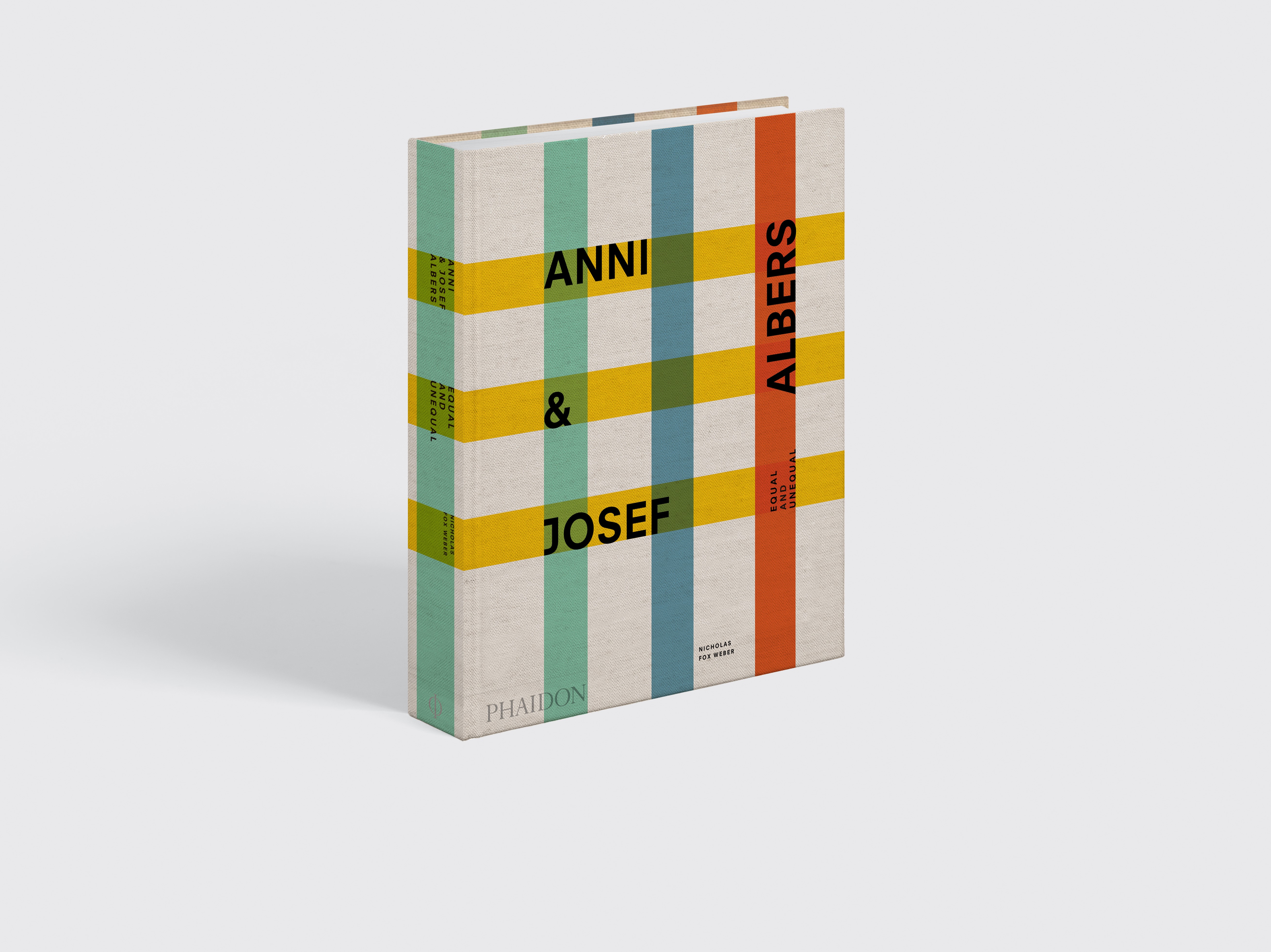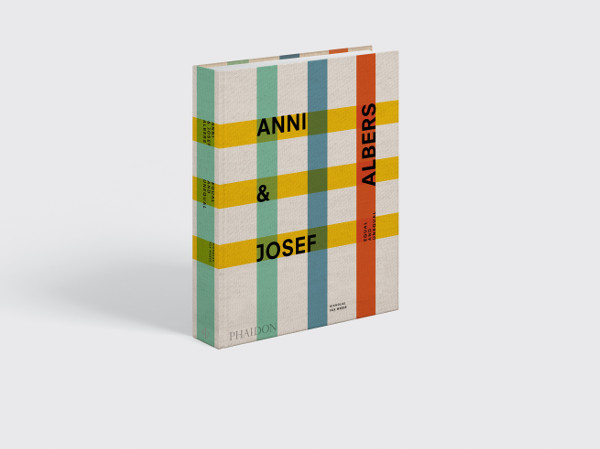
All you need to know about Anni & Josef Albers
A moving, Modernist life story told with wit, precision and beauty, our new book is a fitting tribute to these two Bauhaus pioneers
There weren’t many pictures on the walls of the last house that Anni and Josef Albers owned. The German-born artists, designers and educators’ final home, in New Haven, Connecticut, had four of Josef’s Homage to the Square paintings in the living room, and, as Nicholas Fox Weber writes in his engrossing and authoritative new book, Anni & Josef Albers, another work in Anni’s bedroom: Josef’s 1939 painting, Equal and Unequal.
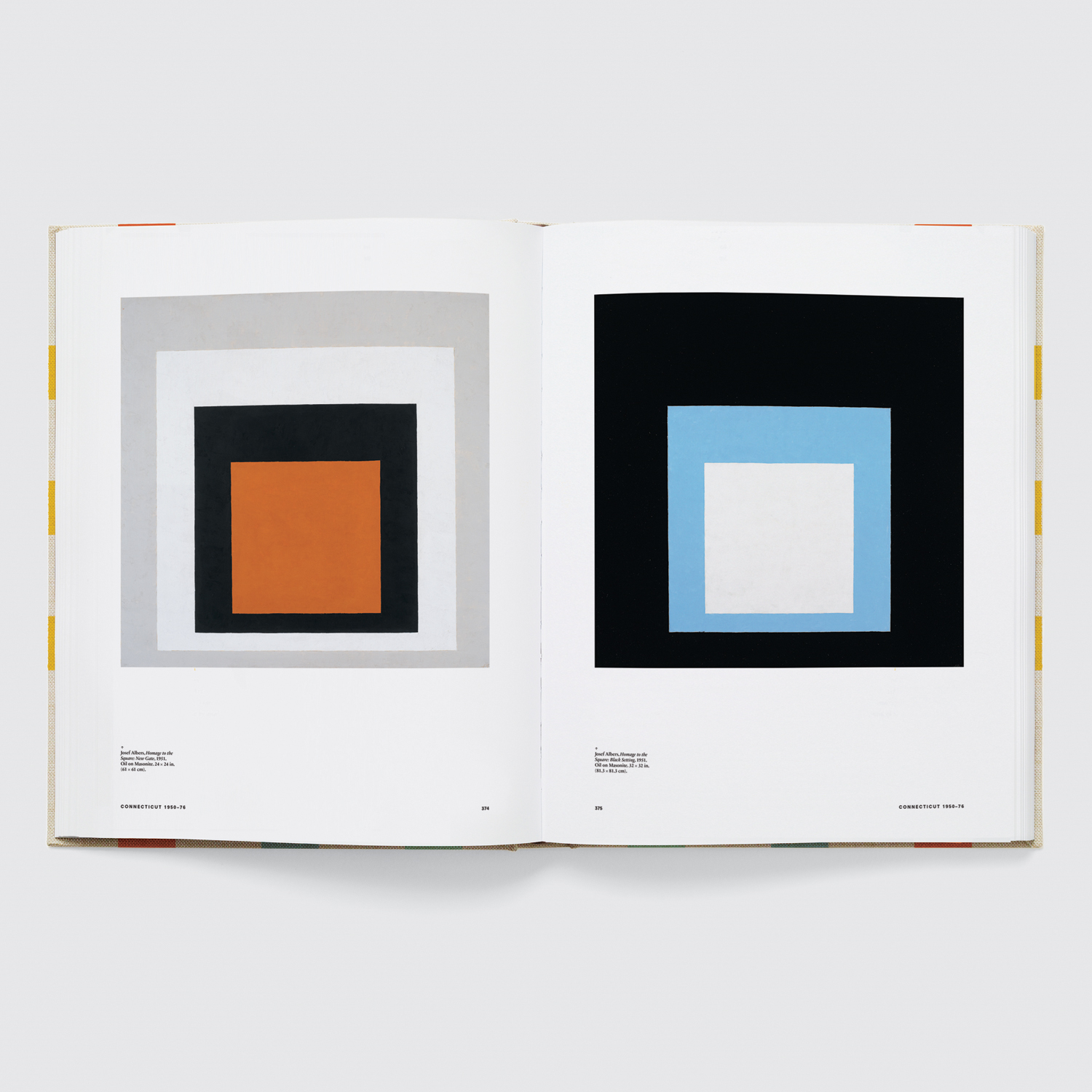
Despite being abstract, Fox Weber says that "the painting is a perfect portrait of both Alberses. In the dual shapes, you have two powerful presences. Although separated, they are attracted toward one another magnetically; a fantastic force bridges the gap between them, joining them over the void while each exerts his or her independence. Like the title of the picture, Anni and Josef Albers were, just as they wanted to be, equal and unequal.”
Fox Weber’s new publication, which takes its subtitle from this painting, is the first to truly present the artists’ extraordinary creative output, incredible biographies, and beguiling relationship in one single, heavily detailed, meticulously researched volume.
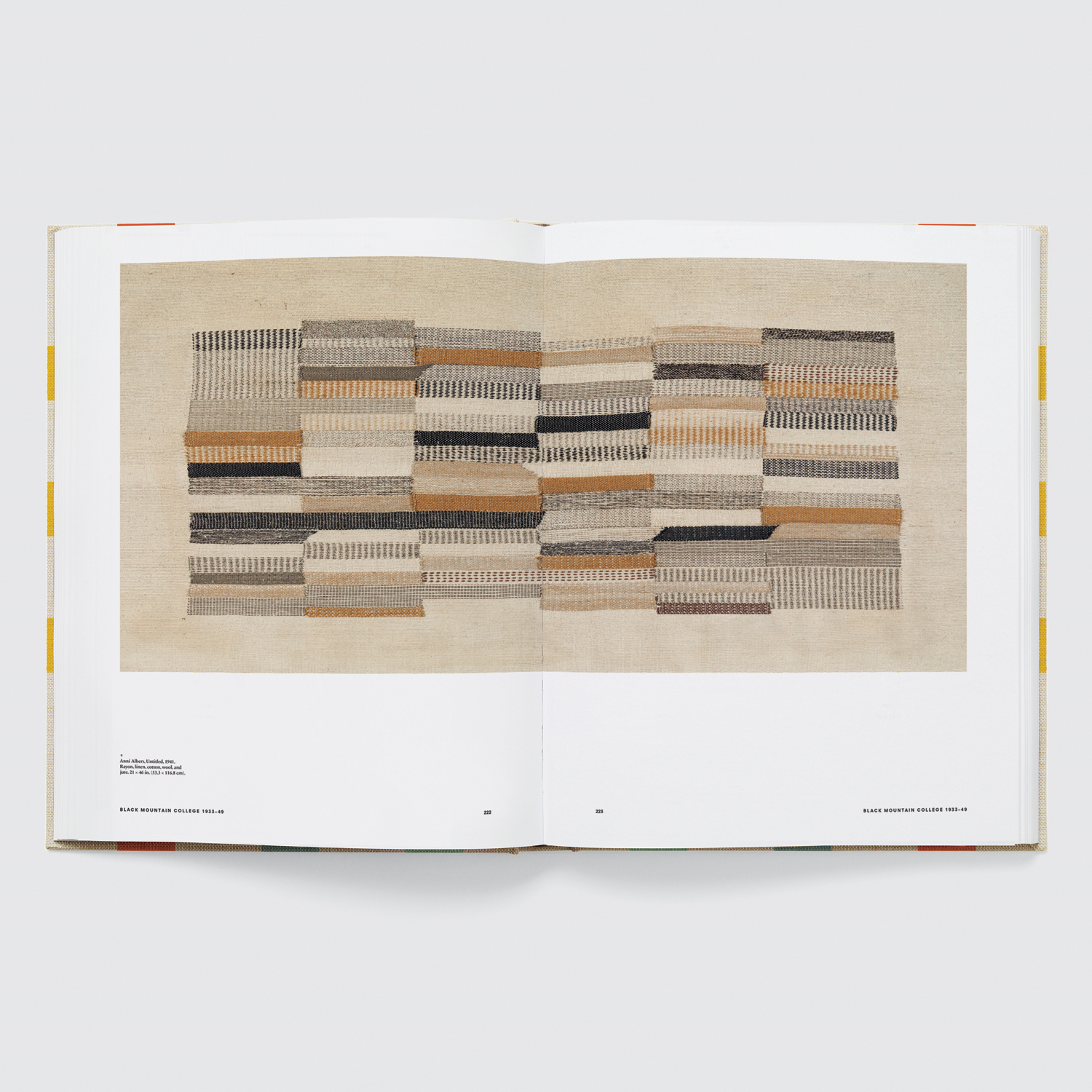
“One of the purposes of this book is to present Anni and Josef in the context of the way they lived, with certain details of their lives revealed as sources of insight into the way that their always-specific-and-deliberate choices about everyday issues were entirely consistent with their beliefs about art and design and the need for morality and intelligence in every human action,” he explains. “This book is an attempt to bring these remarkable and perspicacious people into sharper focus—as they actually were.”
Few people are better placed to refine that focus. Fox Weber met the couple in 1970, "when Josef was eighty-two years old, Anni seventy-one, and I twenty-two.” He went on to assist the couple and following Josef’s death in 1976, began work for the Albers Foundation, which the couple created in 1971. Now the foundation’s Executive Director, and author of many other books, Fox Weber is able to tell the couple’s story with authority and personal insight, bringing clarity and form to the lives of these Modernist pioneers.
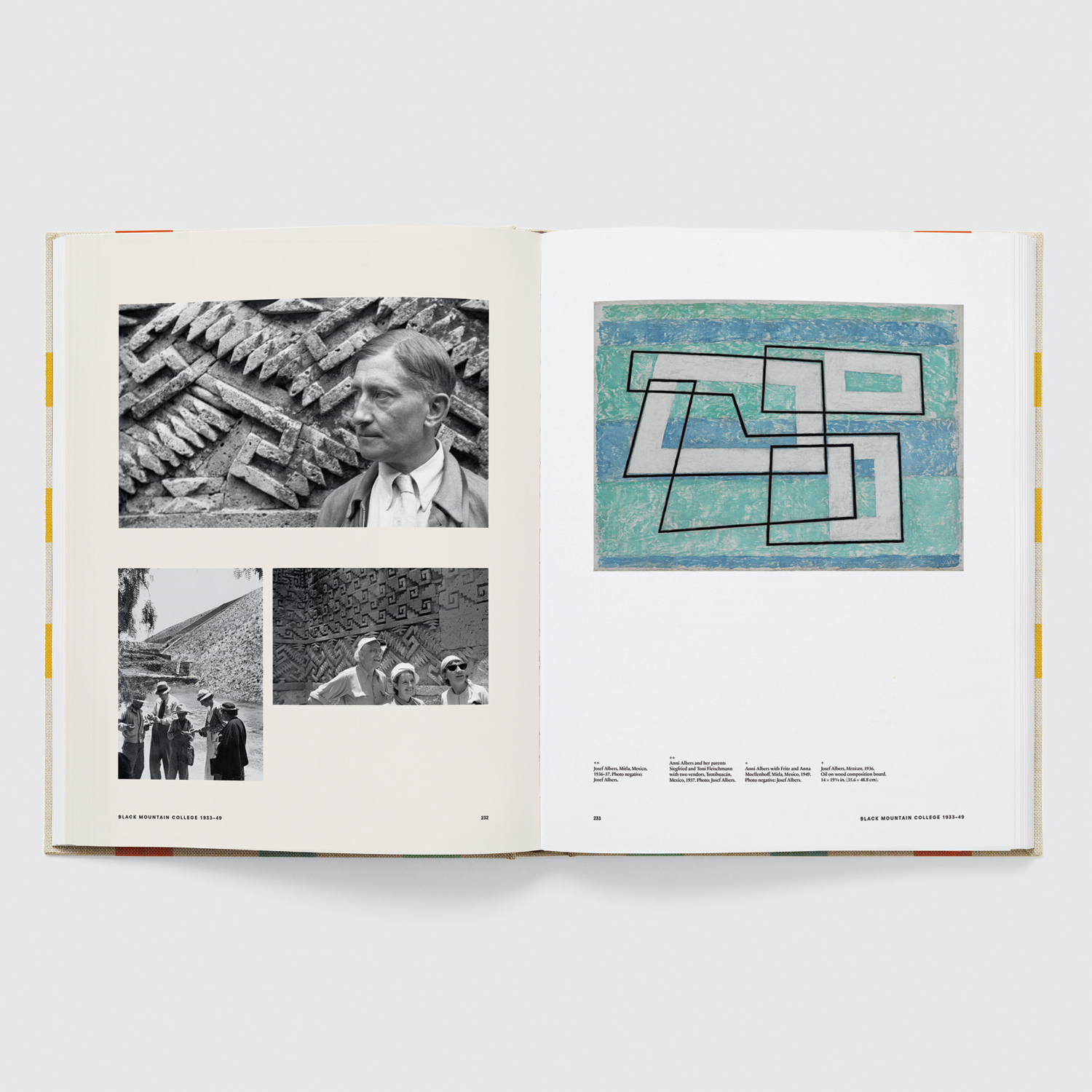
The book includes Josef’s first clear memory, as a child in late 19th century Germany. “When he was about five years old, he went to the post office with his mother,” Fox Weber explains. “ Little Joseph (he had not yet shortened his name, opting for the wonderful concision of the simple, straightforward f) was fascinated by the black-and-white checkerboard pattern of the marble floor.
“Like most children would, he set about hopping from one square to another without letting his foot land on any of the dividing lines. How satisfying it was: black and white. Alternating squares. Right angles. Precision. Rhythm. Something that was there for no reason but to lend charm to life.”
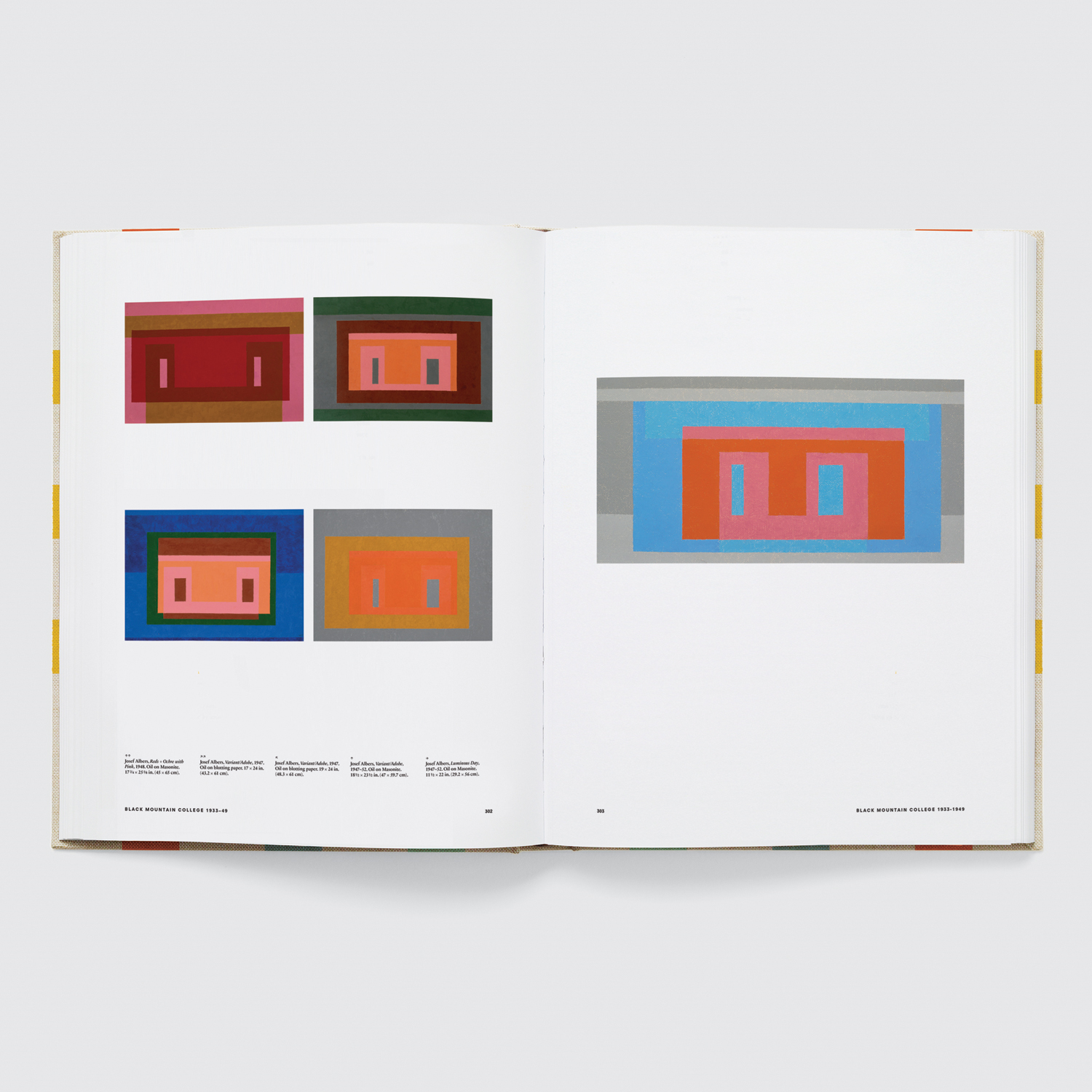
There are early anecdotes from Anni too, who rebelled against her early art tutor Martin Brandenburg’s instruction not to use black in paintings, and had to face down her parents disapproval when she opted to attend a challenging new art school.
“On telling her father, a furniture manufacturer, about the Bauhaus, he replied, ‘What do you mean a “new” style? We’ve had the Renaissance; we’ve had the Baroque. There are no further styles.’” How wrong he was.
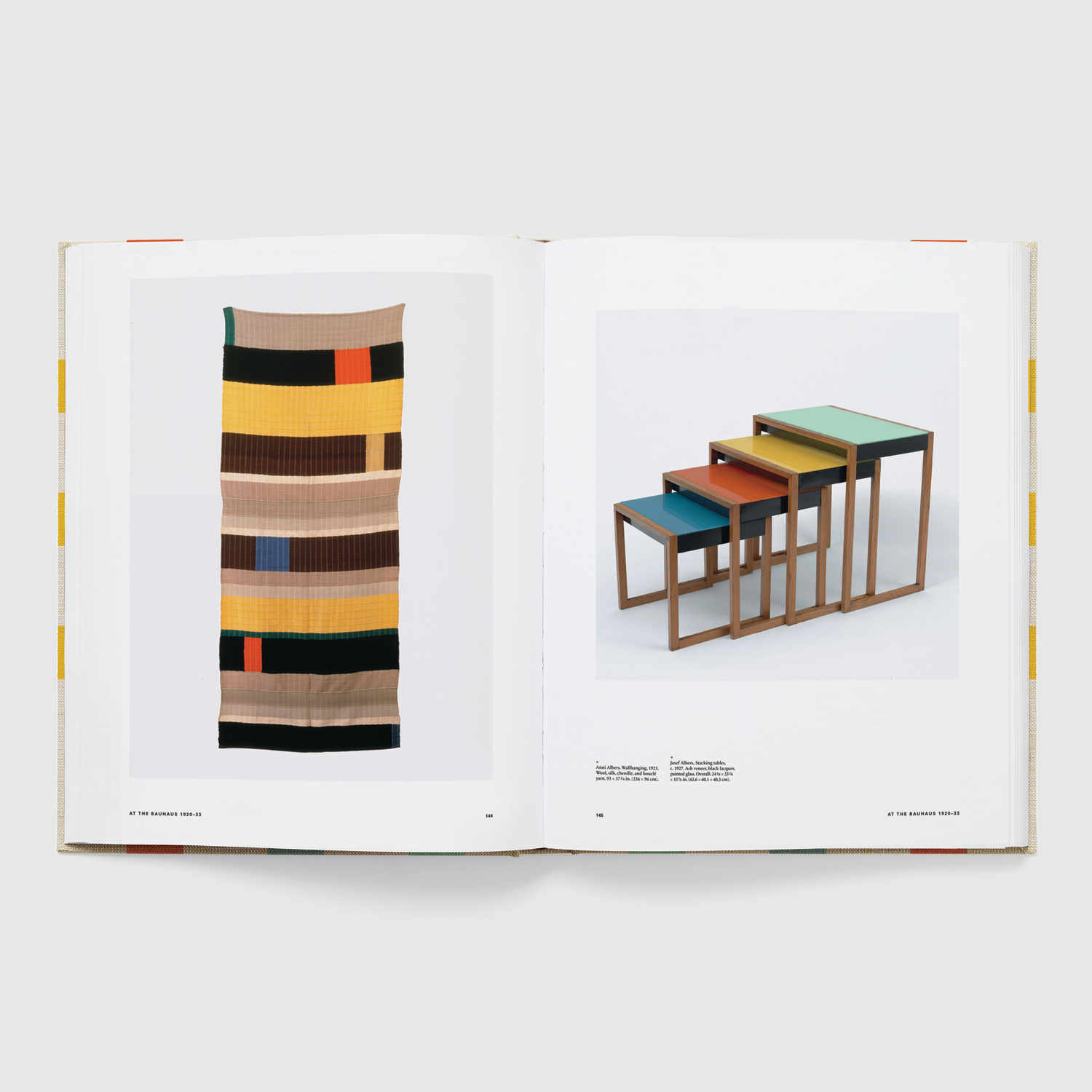
The book reproduces early, little seen works, such as Josef’s animal studies and nudes, as well as Anni’s 1920s textile designs. It describes Josef’s rise within the Bauhaus, thanks in part to his familiarity with a wide variety of crafts. “Josef could cut glass, bend metal, plane wood, and apply paint with the proficiency and dexterity that he had learned growing up and that were requisite in the school,” writes Fox Weber, “he would swiftly ascend from being a student to being a master (the Bauhaus term for teacher, in the tradition of medieval craft guilds).”
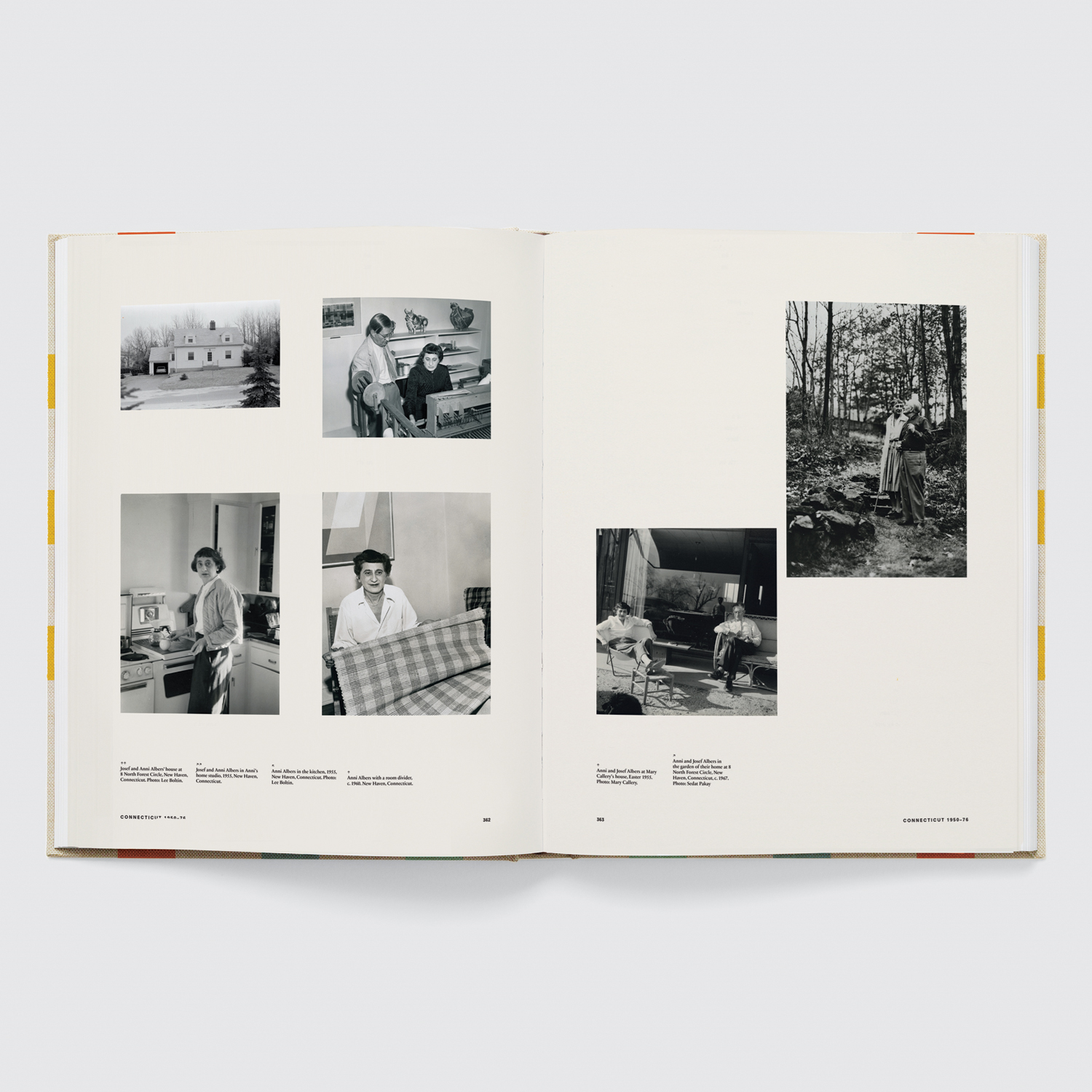
Fox Weber covers the unlikely pairing of Anni, a well-to-do Berlin girl of Jewish heritage, with Josef, an older, poorer, more parochial German Catholic. The author recalls, in later life, Anni asking “what I expect her parents’ reaction was when she presented this man eleven years her senior, an experimental artist who made assemblages out of broken glass shards and had never sold an art work. He was from the other side of the tracks—the industrial Ruhr valley—and his family did not have an extra cent.”
The book also corrects some commonly held inaccuracies, such as the closure of the Bauhaus. Contrary to popular belief, the Nazis did not shutter the school. Instead the masters closed it, when they realised they could not meet the demands the new German government, which insisted the school propagandize all that the regime stood for. “Mies [van der Rohe, the school’s final director] would remember what he called ‘the real end of the Bauhaus. Nobody else knows it, you know. We know it. Albers knows it. He was there.’”
The couple’s migration to America, to teach at Black Mountain College in 1933 at the request of the architect and curator Philip Johnson, is also faithfully rendered. “When the Alberses received a telegram asking if Josef was interested in the new position, he and Anni cabled back that he spoke no English. Anni, who had had an Irish governess, did speak and read it a bit; Josef did not.
“Johnson cabled back, ‘Come, anyway.’ Anni said that they sat side by side on their bed, their ‘feet dangling,’ as they considered the prospect. They had no idea, meanwhile, where North Carolina was. ‘At first, we thought it might be in the Philippines,’ said Anni.”
Anni & Josef is filled with equally charming anecdotes, as well as deeper insights. Readers will learn of the couple’s shared love for Giotto; their appreciation of pre-Columbian art; their admiration for Paul Klee; and their work with Marcel Breuer.
Fox Weber describes the Albers’ attitude towards clothes. “They believed that those who wish to startle, or to call attention to themselves through outrageousness, have missed an opportunity for the grace and balance that they both deemed to be one of the true luxuries of human life.”
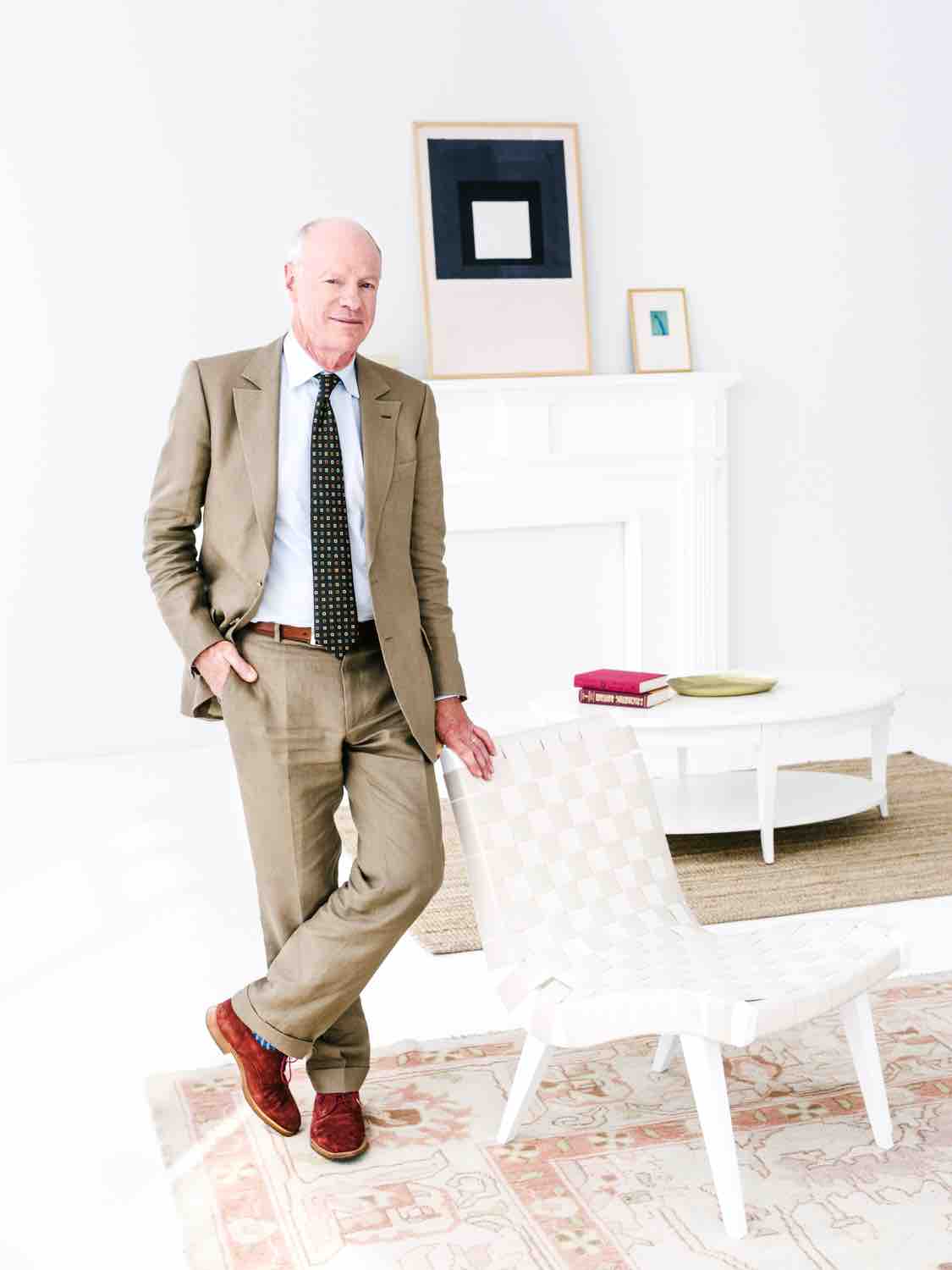
There are entries on Josef’s feelings towards great former students such as Robert Rauschenberg; the couple’s friendships with Buckminster Fuller, John Cage and Merce Cunningham; the designs for their gravestones; and even a simple recipe from Anni.
“You take a package of Oreo cookies. Without opening the package, you crush the contents. Not to powder, but to lots of small pieces. Then open up the packet, and pour the pieces into a bowl. Mix them with Cool Whip—the readymade equivalent of schlag (whipped cream). It is very good and creamy and sweet; there is no need to make your own whipped cream. Stir the mixture until it is consistent, and then put it into a loaf pan or a Bundt form. Then put the container into the freezer. Take it out after a few hours, and you have a delicious dessert that everyone loves.”
This new book, Anni & Josef Albers, has an equally wide appeal. Art lovers will delight in the wealth of images in the book, from early figurative studies, right through to final, late works by the couple. Anyone interested in the course of Modernism in the 20th century cannot afford to miss out on this front-seat account of its progression, in both Europe and America. The book tells the story of a great marriage, and a wonderful friendship, that thrived despite the odds; it details many of the techniques and exercises favoured by two of the 20th century’s greatest art tutors; and it shows how two great artists can combine the domestic with the sublime, to lead two lives that are uncompromising, yet inextricably linked.
Fox Weber has a sublime, light-yet-precise prose style, having contributed to numerous exhibition catalogs as well as publications such as the New Yorker, New York Times, Los Angeles Times, Wall Street Journal, Le Monde, and Vogue. The book’s accompanying images, which include some of the couple’s best-known works, as well as many, many obscure pieces, alongside archive photographs and ephemera, bring their incredible tale to life. To find out more and to order your copy of Anni & Josef Albers go here.
